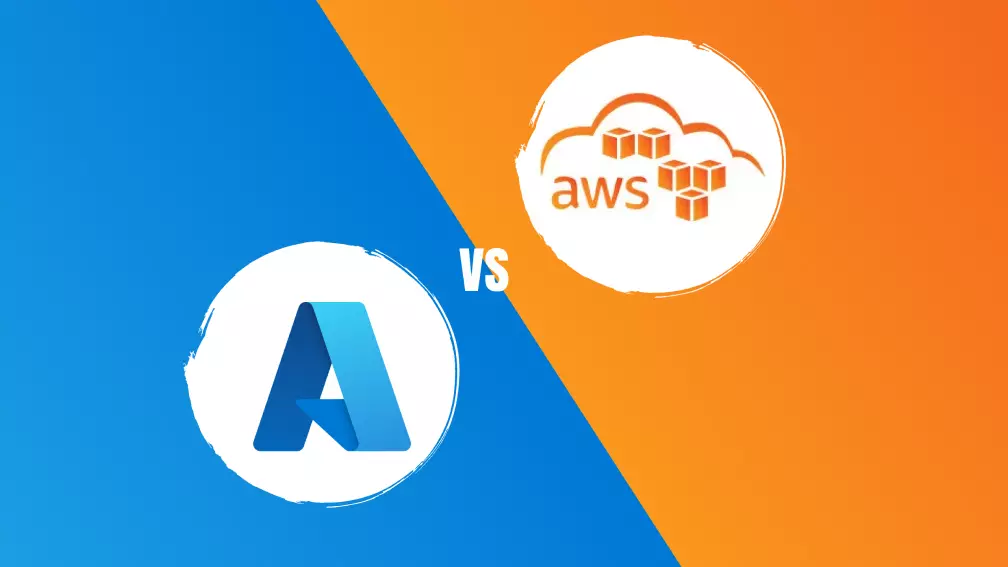Different Types of Agile Methodologies: Scrum, Kanban, SAFe, and Lean
Explaining different types of Agile development methodologies: Kanban, Scrum, SAFe and other

Agile refers to a collection of methods used by a team to manage a project by segmenting it into several phases while working continuously with clients. The advantages of the agile approach over the traditional waterfall methodology are that the development and testing actions are continuous and coordinated.
Famous examples of agile methodology are included in the list below.
1. Scrum
In many aspects, Scrum and Kanban are similar. Likewise a Kanban board, a Scrum board is how Scrum helps to organize tasks into columns depending on performance. Scrum concentrates on segmenting projects into sprints and only managing and planning a single sprint at a time, in contrast to Kanban. Scrum master and product owner are the two critical and unique project roles used in this methodology.
Since Scrum places a strong emphasis on ongoing deliverables, this methodology enables designers to change priorities in order to give any incomplete or delayed sprints greater attention.

2. Kanban
The term "Kanban," which is used to denote one more type of Agile framework, is derived from the Japanese word “a visual board”. Kanban was initially established as a Lean Manufacturing System, and then it was gradually incorporated into Agile software engineering practices. For organizing and creating projects, the Kanban framework uses visualization.
Teams can see the progress made thus far and what's coming next thanks to this straightforward, visual project management method. The primary management tool for Kanban projects is a Kanban board, which divides tasks into 3 sections: "To Do," "Doing," and "Done."
3. Scaled Agile Framework (SAFe)
The Scaled Agile Framework is a set of organizational and workflow patterns for applying agile principles at an enterprise scale (SAFe). By using SAFe, you can benefit from a framework that is comparatively lightweight while preserving centralized decision-making at the corporate level for software engineering efficiency. In other words, SAFe extends the agile principle to software management dealing with larger strategic concerns.
4. Lean
Lean development is a software development approach that was directly derived from Toyota's Lean Manufacturing system. This methodology provides a conceptual framework that adheres to principles, good development practices, and values that can be used with an Agile development strategy.
With lean development, the team is compelled to ruthlessly eliminate any task that does not ultimately add value to the product.
There are seven fundamental principles of lean development: readiness to delete things that don't matter (anything that doesn't effectively add value to the client project); quality development (establishing quality in development demands discipline and control of the number of residuals formed); creating knowledge (the team is encouraged to document the entire infrastructure in order to later maintain its importance); differing responsibilities (this idea encourages the team not to concentrate too much on planning and anticipation); and finally, defining the problem (the team is motivated to define the problem in order to later retain its value).
5. Extreme Programming (XP)
The Extreme Programming (XP) methodology strongly emphasizes collaboration, dialogue, and feedback. It emphasizes ongoing improvement and the client’s happiness. This approach utilizes sprints, or brief development cycles, just like Scrum.
When there are ongoing and changing consumer expectations, the extreme programming approach is extremely helpful. It encourages the programmers to accept modifications in accordance to the customer's requirements, even if they appear during an advanced stage of the programming process.
In Extreme Programming, the project is evaluated from the start by gathering input that advances the system's output. Additionally, it offers a quick way for implementing any client’s demands.
6. Crystal
One of the most adaptable frameworks in the family of Agile techniques, Crystal gives the team a great deal of opportunity to create their own procedures. It places a lot more emphasis on people and how they connect than on the procedure or the instruments. As a result, communication is a crucial and important factor.
Variants of Crystal include Crystal Clear (for up to eight players), Crystal Yellow (for up to ten to twenty players), Crystal Orange (for up to fifty players), and Crystal Red (for large teams with 50 to 1000 people). Since part of its mission is to provide the finest software development process possible, Crystal places a strong emphasis on principles like People, Interaction, Communities, Skills, and Communication.
As you can see, Agile is a powerful way of organizing software development teams and increasing the efficiency and flexibility of the software development process.
When choosing the ideal Agile framework for your company, always weigh the benefits and drawbacks of each. Choose the framework that will enable you to deliver amazing digital experiences in this cutthroat market.
And if you need skilled and experienced software developers, we can help you with that. We at IT Hoot specialize in end-to-end web development using .NET and Angular for different industries, including Healthcare and Education.


